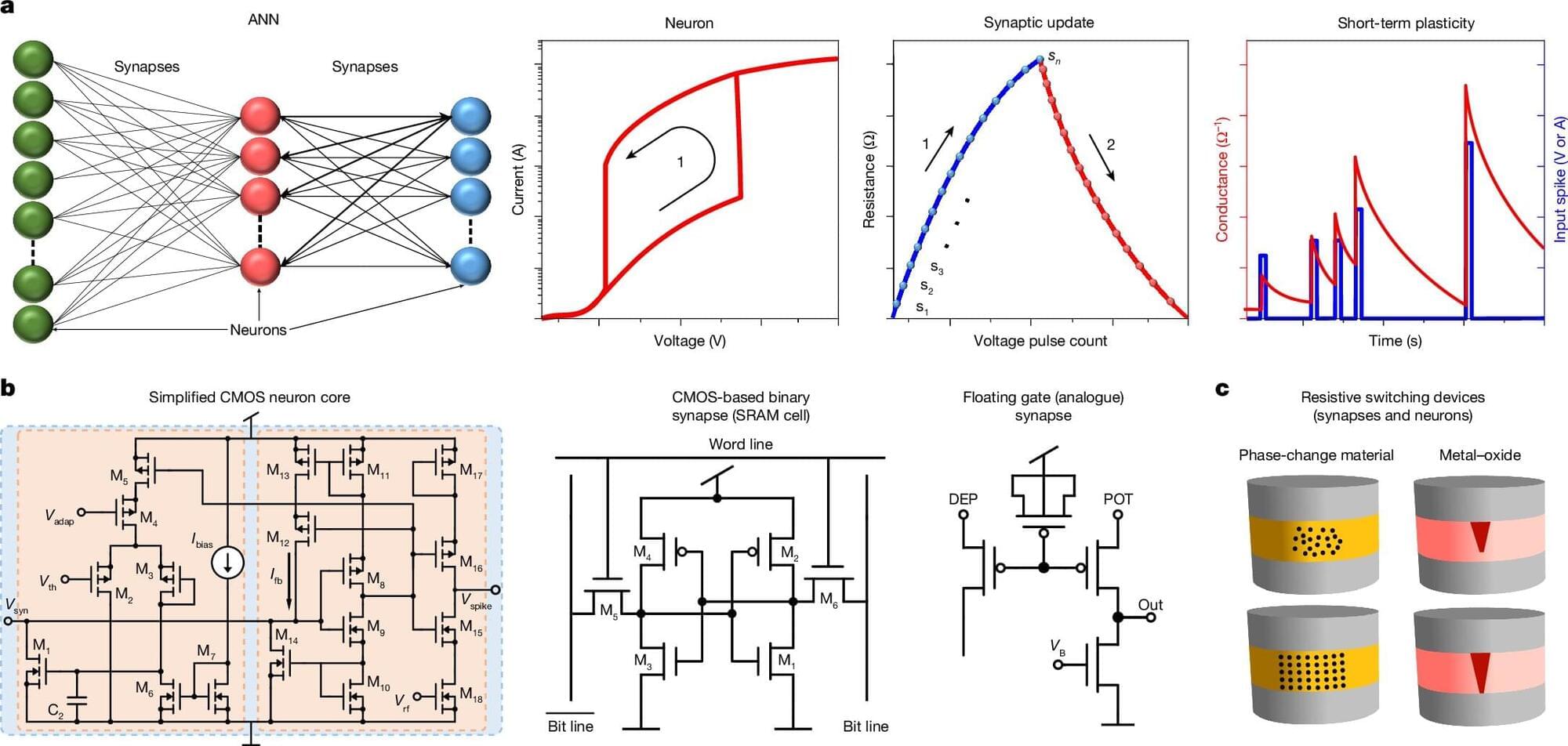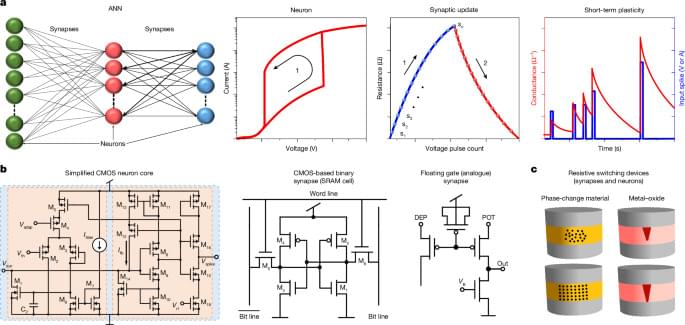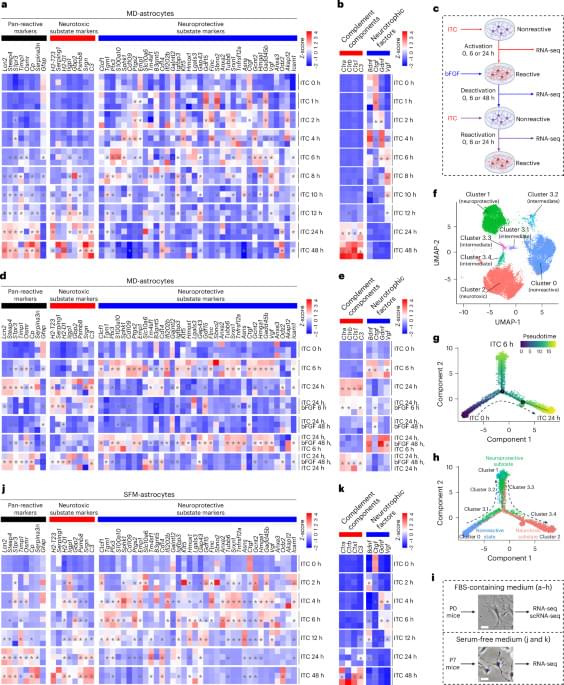American tech giants are increasingly focusing on the humanoid robotics space, but analysts say they’re at risk of falling behind China.
Get the latest international news and world events from around the world.

Super-Earths and mini-Neptunes: More Earth-like planets may exist
A new study presents a compelling new model for the formation of super-Earths and mini-Neptunes – planets that are 1 to 4 times the size of Earth and among the most common in our galaxy. Using advanced simulations, the researchers propose that these planets emerge from distinct rings of planetesimals, providing fresh insight into planetary evolution beyond our solar system.
A new study by Rice University researchers Sho Shibata and Andre Izidoro presents a compelling new model for the formation of super-Earths and mini-Neptunes — planets that are 1 to 4 times the size of Earth and among the most common in our galaxy. Using advanced simulations, the researchers propose that these planets emerge from distinct rings of planetesimals, providing fresh insight into planetary evolution beyond our solar system. The findings were recently published in The Astrophysical Journal Letters.
For decades, scientists have debated how super-Earths and mini-Neptunes form. Traditional models have suggested that planetesimals — the tiny building blocks of planets — formed across wide regions of a young star’s disk. But Shibata and Izidoro suggest a different theory: These materials likely come together in narrow rings at specific locations in the disk, making planet formation more organized than previously believed.

Blood test shows promise for early detection of dementia
Research findings focus on people with a sleep disorder, but could have broader implications. For people with a certain sleep disorder, a simple blood test could help predict the development of dementia years before symptoms appear, a new study indicates.
Idiopathic REM sleep behaviour disorder (iRBD) causes people to physically act out their dreams while sleeping.
The disorder is also associated with a very high risk of Parkinson’s disease and a related condition called Dementia with Lewy Bodies.

Advancing semiconductor devices for AI: Single transistor acts like neuron and synapse
Researchers from the National University of Singapore (NUS) have demonstrated that a single, standard silicon transistor, the fundamental building block of microchips used in computers, smartphones and almost every electronic system, can function like a biological neuron and synapse when operated in a specific, unconventional way.
Led by Associate Professor Mario Lanza from the Department of Materials Science and Engineering at the College of Design and Engineering, NUS, the research team’s work presents a highly scalable and energy-efficient solution for hardware-based artificial neural networks (ANNs).
This brings neuromorphic computing —where chips could process information more efficiently, much like the human brain —closer to reality. Their study was published in the journal Nature.

New miniature laboratories are ensuring that AI doesn’t make mistakes
Anyone who develops an AI solution sometimes goes on a journey into the unknown. At least at the beginning, researchers and designers do not always know whether their algorithms and AI models will work as expected or whether the AI will ultimately make mistakes.
Sometimes, AI applications that work well in theory perform poorly under real-life conditions. In order to gain the trust of users, however, an AI should work reliably and correctly. This applies just as much to popular chatbots as it does to AI tools in research.
Any new AI tool has to be tested thoroughly before it is deployed in the real world. However, testing in the real world can be an expensive, or even risky endeavor. For this reason, researchers often test their algorithms in computer simulations of reality. However, since simulations are approximations of reality, testing AI solutions in this way can lead researchers to overestimate an AI’s performance.

Connectivity profile and function of uniquely human cortical areas
New in JNeurosci: In a study comparing human brains to macaque and chimpanzee brains, Bryant et al. discovered neuroanatomical features that are unique to humans.
Learn more. ▶️
Determining the brain specializations unique to humans requires directly comparative anatomical information from other primates, especially our closest relatives. Human (Homo sapiens) (m/f), chimpanzee (Pan troglodytes) (f), and rhesus macaque (Macaca mulatta) (m/f) white matter atlases were used to create connectivity blueprints, i.e., descriptions of the cortical grey matter in terms of the connectivity with homologous white matter tracts. This allowed a quantitative comparative of cortical organization across the species. We identified human-unique connectivity profiles concentrated in temporal and parietal cortices, and hominid-unique organization in prefrontal cortex. Functional decoding revealed human-unique hotspots correlated with language processing and social cognition. Overall, our results counter models that assign primacy to prefrontal cortex for human uniqueness.
Significance statement Understanding what makes the human brain unique requires direct comparisons with other primates, particularly our closest relatives. Using connectivity blueprints, we compared to cortical organization of the human to that of the macaque and, for the first time, the chimpanzee. This approach revealed human-specific connectivity patterns in the temporal and parietal lobes, regions linked to language and social cognition. These findings challenge traditional views that prioritize the prefrontal cortex in defining human cognitive uniqueness, emphasizing instead the importance of temporal and parietal cortical evolution in shaping our species’ abilities.

Dysregulation of γδ intraepithelial lymphocytes precedes Crohn’s disease–like ileitis
A new Science Immunology study shows that disruptions to immunosuppressive intraepithelial lymphocytes and intestinal immunity occurs prior to the onset of chronic ileal inflammation in mouse models of Crohn’s Disease.
Multiple layers of γδ IEL dysregulation and loss of their immunosuppressive capacity occur before the onset of chronic ileitis.

